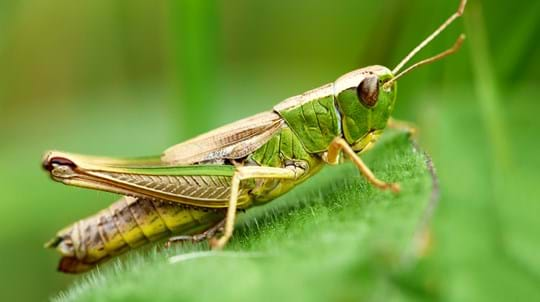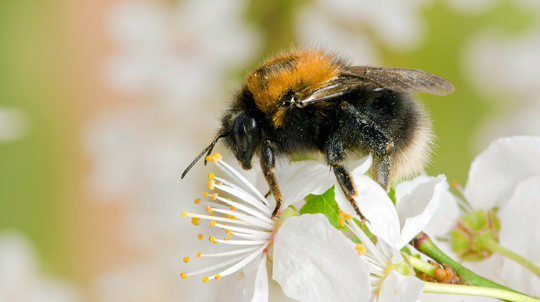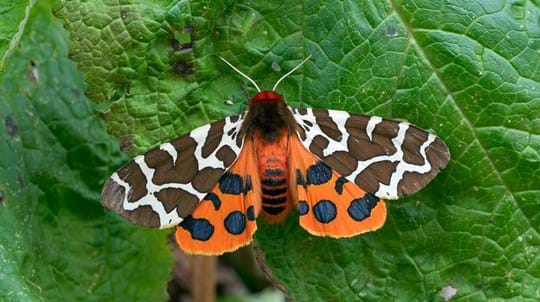
Credit: Geoff Foale / WTML
What do dark-edged bee-flies eat?
Adults: sip on the nectar produced by a variety of flowers, including primroses, grape hyacinths and bugle. Deep flowers are preferred but they will visit smaller flowers too.
Larvae: feed parasitically on the grubs of solitary bees and wasps.







